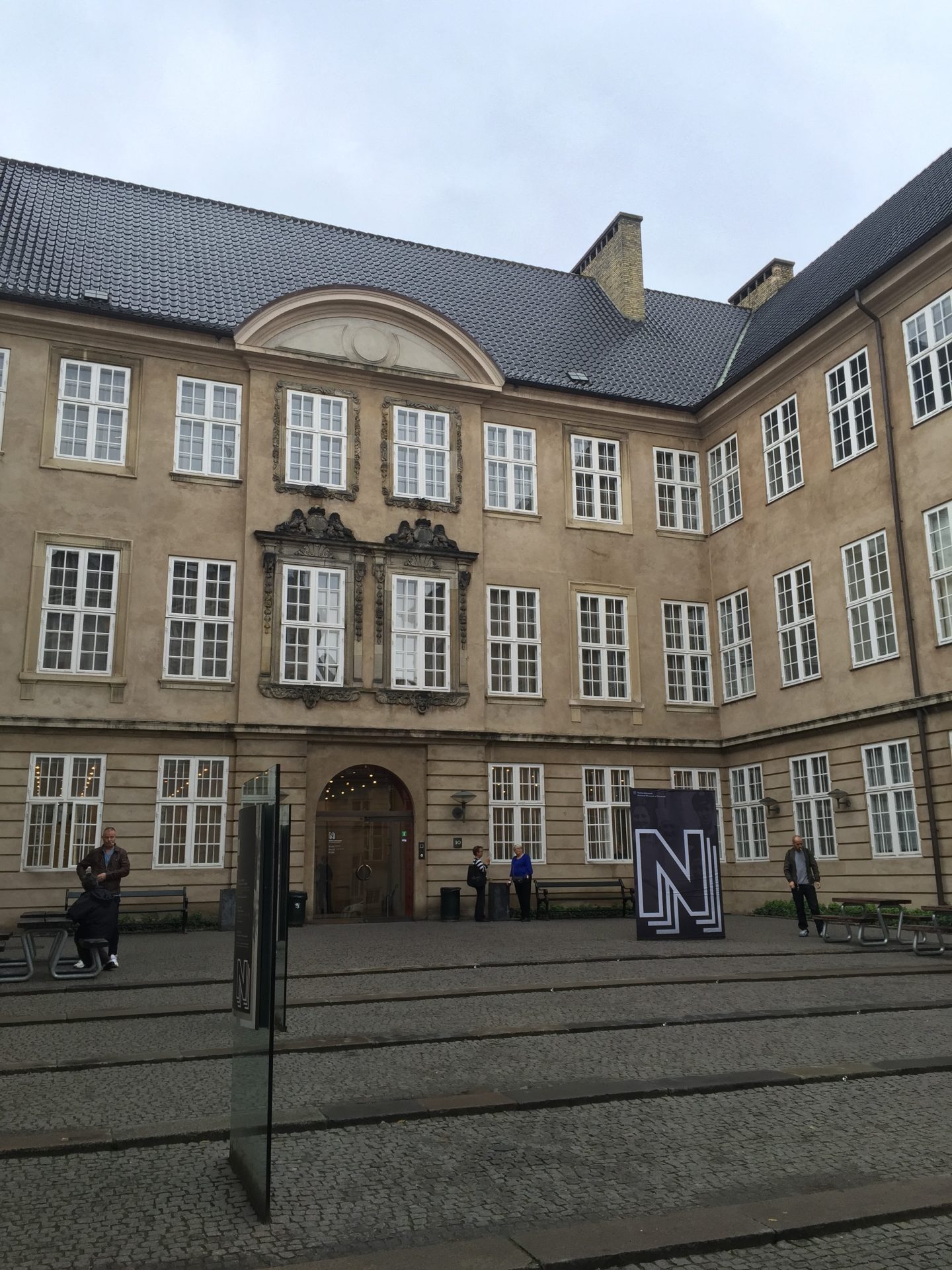This article has partner links that I may receive compensation from at no cost to you. Thank you for supporting my site by using them!
The museums of Copenhagen, Denmark are a great way to learn about the city & the country. The National Museum of Denmark has exhibits covering thousands of years of Danish history, including prehistoric times, the Viking Age, and the modern country.
National Museum of Denmark Visitor Information
The National Museum of Denmark (official website) is located in central Copenhagen. It’s not far from Ny Carlsberg Glyptotek, the Museum of Copenhagen, and Slotsholmen, including Thorvaldsens Museum. It’s right on hop-on, hop-off bus routes as well as other public transportation lines. Entry is included with the Copenhagen Card. The museum used to be free, but unfortunately, this is no longer the case. Click here to buy tickets. In addition to this main museum location, there are also several other National Museum sites around Denmark. The National Museum of Denmark is located in The Prince’s Palace, which was built in the 18th century.
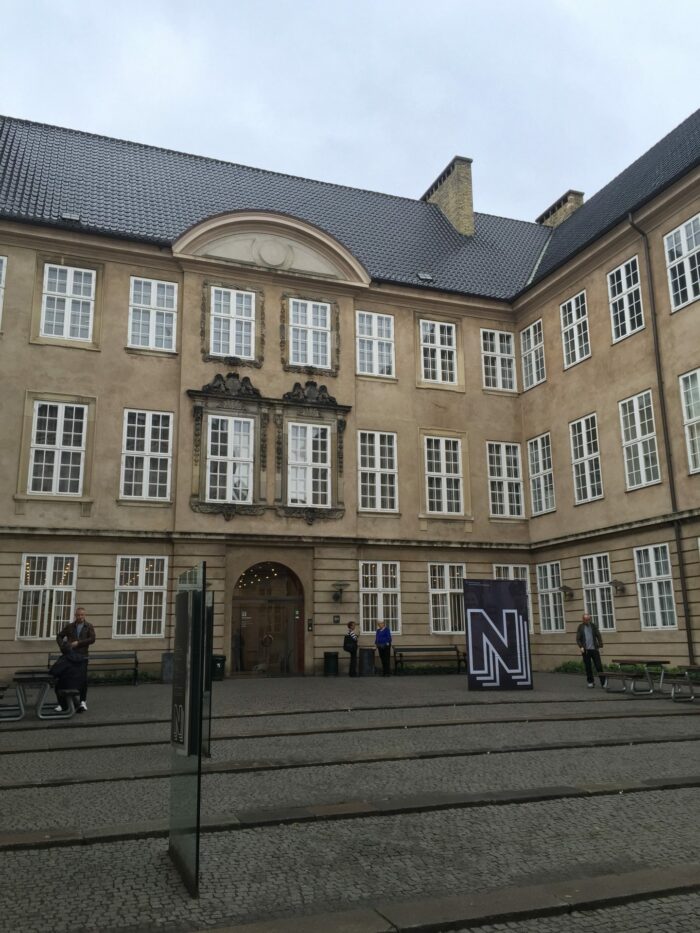
Highlights of the National Museum of Denmark
The National Museum of Denmark has several galleries covering all of Danish history (and I do mean all of it – it covers some 14,000 years).
Denmark’s history is extensive and well-preserved. Over the years, there have been a phenomenal amount of archaeological finds from throughout the region. As a result, the prehistory & Viking Age exhibits are two of the most prominent & unique sections of the museum. The displays are informative, as I learned a lot about the region, including that it wasn’t all that long ago that it was possible to walk from present-day Denmark to the UK. The museum has exhibits going back thousands of years, including many Viking & ancient artifacts.
These Viking Age runes were used to memorialize the dead. Prominent stones in the museum include the Snoldelev Stone and the Kingittorsuaq Runestone.
Book your hotel in Copenhagen now!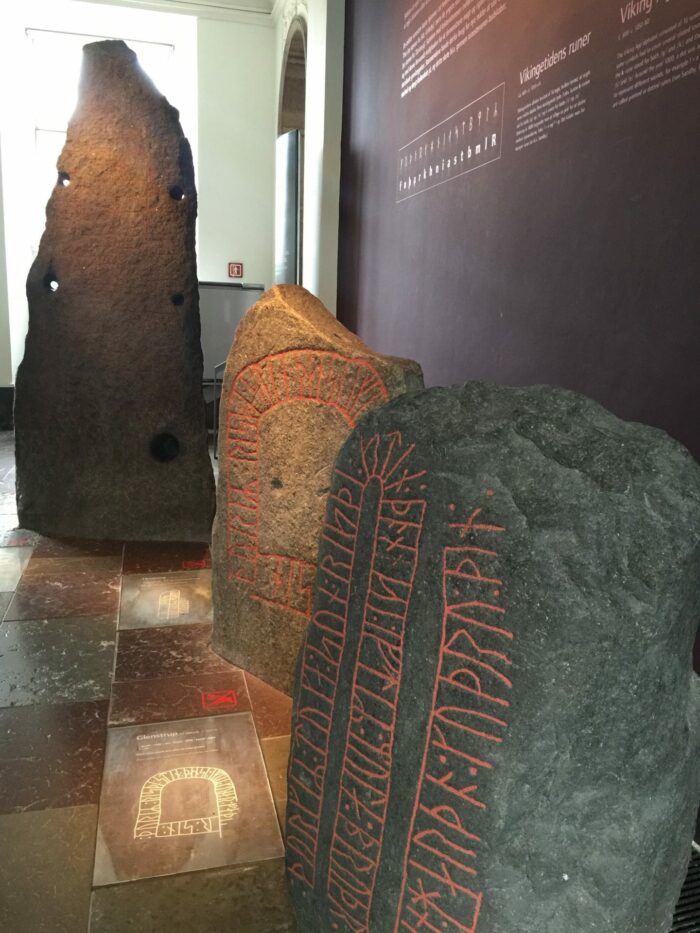
The Gundestrup Cauldron is a decorated silverwork that is believed to date back to between 200 BC and 300 AD. Found in a peat bog, it is the largest known piece of European Iron Age silverwork. The cauldron is not actually Danish, but is actually most likely Thracian, possibly through Celtic commission, showing just how intertwined groups were across Europe even during that time. The museum is also home to the Trundholm sun chariot, a bronze sculpture from around 1400 BC, and the Golden Horns of Gallehus from the 5th century.
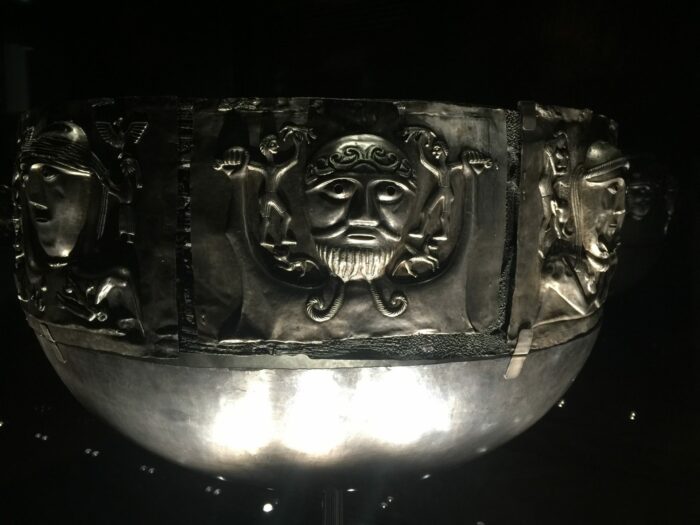
Another highlight of the National Museum of Denmark is the Hjortspring boat. The Hjortspring boat dates back to the Scandinavian Pre-Roman Iron Age (around 400–300 BC). It was rediscovered & excavated in 1921-22. Based on the name, feel free to picture it being paddled by Danish people wearing jorts in the springtime, it’s much more fun that way.
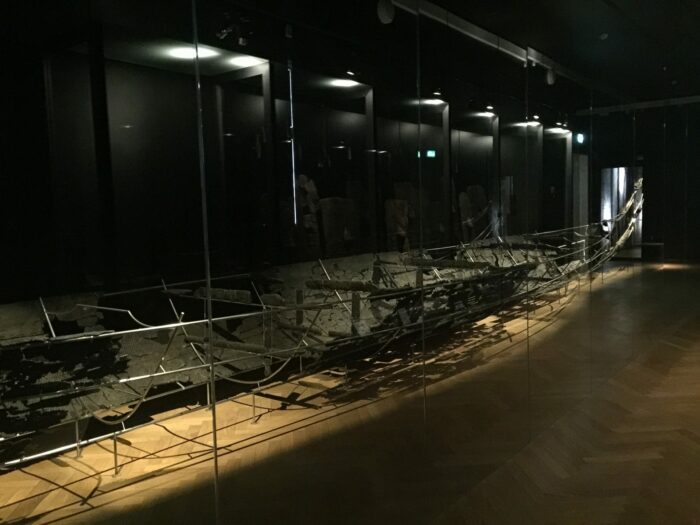
The National Museum of Denmark is also home to a Viking ship that was found in Roskilde. More recovered ships can also be seen in that city’s Viking Ship Museum.
The museum also has several sets of skeletal or mummified remains. The Woman of Himlingoje dates back to around the 3rd century AD. She was found buried with jewelry, including gold rings & silver brooches. There was also a coin in her mouth, following the tradition of Charon’s obol. Other preserved remains include the Egtved Girl and Huldremose Woman.

Moving closer to modern times, a special exhibition titled The White Buses told the story of Germany‘s occupation of Denmark during World War II.
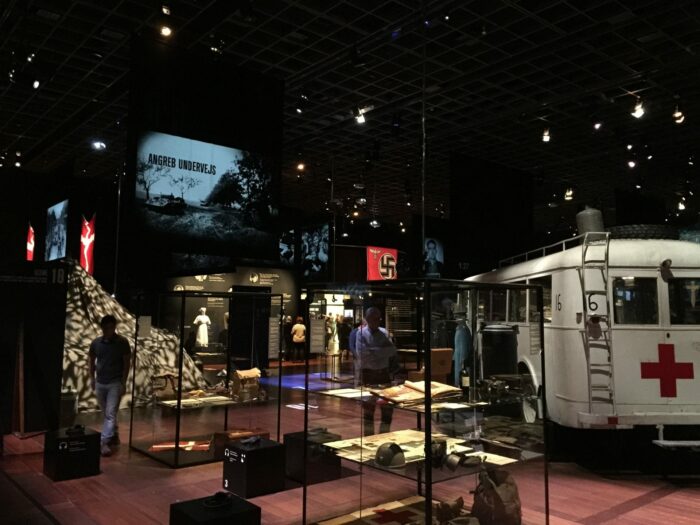
I’d missed the section of the museum titled Peoples of the World at first, and I wasn’t overly impressed when I eventually found it. I’d rather see more ancient local artifacts than some random exhibits about countries that have nothing to do with Denmark. The section on the Danish territory of Greenland was disappointingly small. It would have been interesting to learn more about the island, as well as Denmark’s history with it.
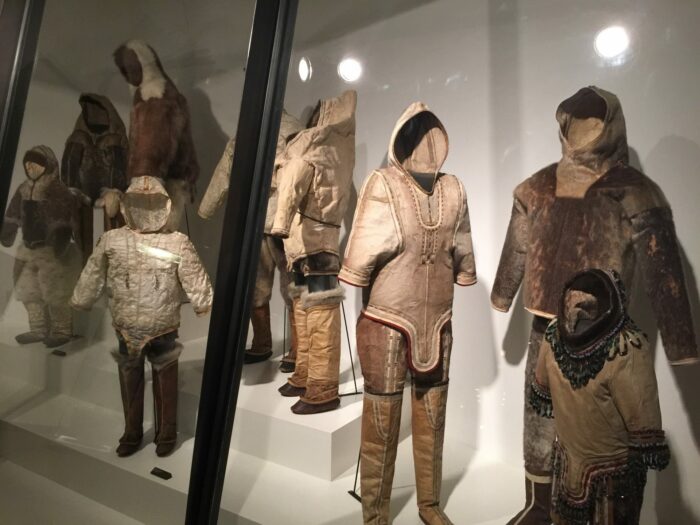
There were also Danish interiors from the 17th & 18th centuries, as well as perspektivkasser, which were described as peep shows. Sadly, despite the exciting name, the actual perspektivekasser was a bit of a disappointment, as the peep shows only contained images of churches.
The final exhibition I visited covered the social history of Denmark. I love exhibits about social history, as they are a great way to learn just how a place has evolved to its modern state. The one at the National Museum of Denmark is quite good. The Workers Museum is another place to learn about Copenhagen’s people.
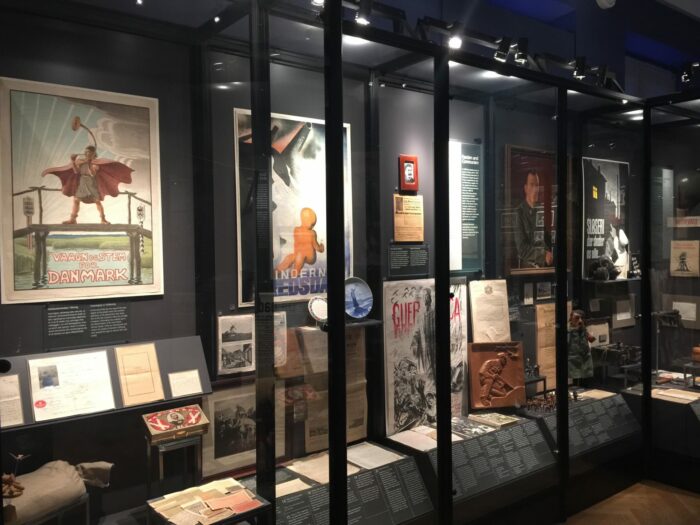
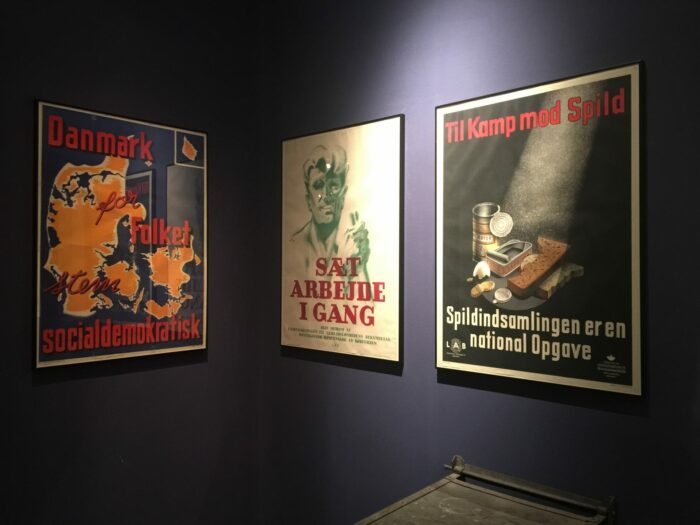
The National Museum of Denmark is a great way to get to know the country through its long history.
Here are some great Copenhagen tours & activities & things to do in Copenhagen.
If you’re looking for a place to stay in Copenhagen, check out these hotels. For restaurant recommendations, go here.

